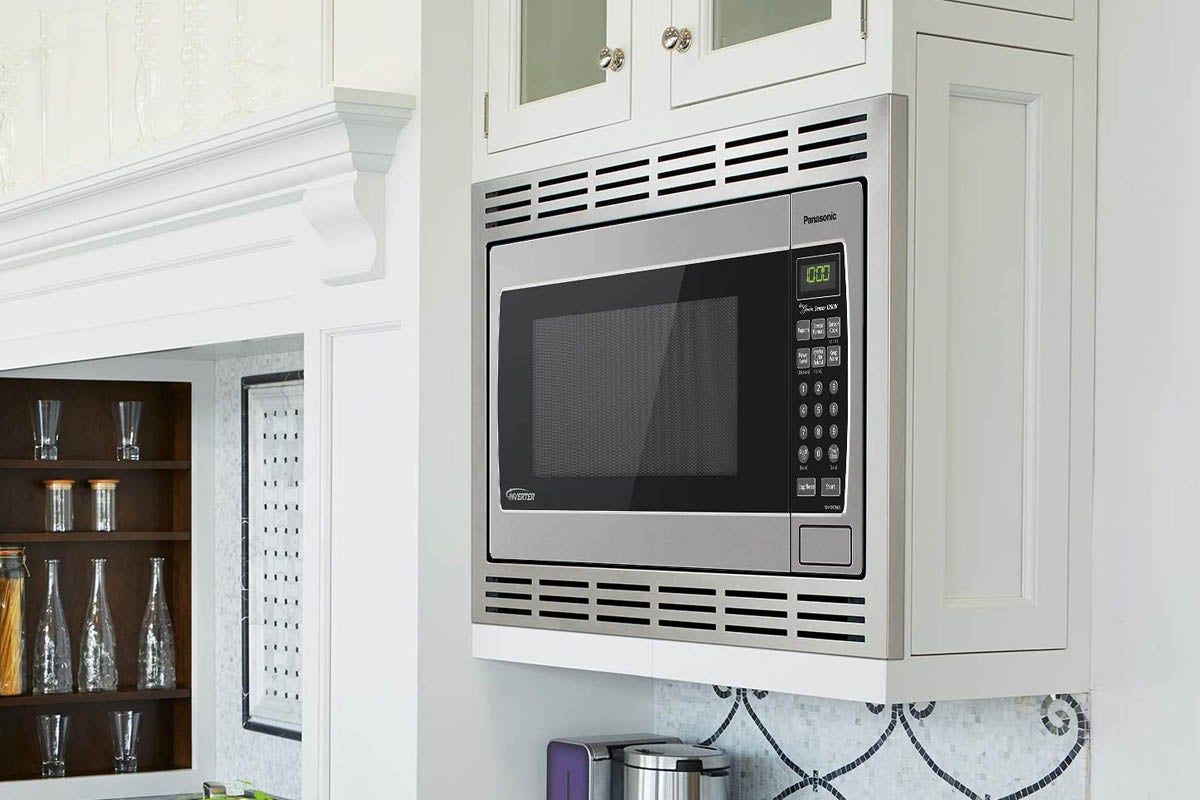

Articles
What Is Built In Microwave Oven
Modified: May 6, 2024
Discover the benefits and features of built-in microwave ovens with our informative articles. Enhance your kitchen experience with these convenient and versatile appliances.
(Many of the links in this article redirect to a specific reviewed product. Your purchase of these products through affiliate links helps to generate commission for Storables.com, at no extra cost. Learn more)
Introduction
A built-in microwave oven is a versatile and convenient appliance that has gained popularity in modern kitchens. It offers a compact solution for cooking, reheating, and defrosting food quickly and efficiently. Unlike countertop microwaves, built-in microwaves are designed to be installed directly into cabinets or walls, seamlessly integrating into the overall kitchen design.
With the advancement in technology, built-in microwave ovens have become more than just a basic kitchen appliance. They now come with various features, options, and styles to suit different cooking needs and preferences. Whether you’re a busy professional, a home cook, or a culinary enthusiast, a built-in microwave oven can be a valuable addition to your kitchen arsenal.
These appliances work by emitting microwaves that cause the water molecules within the food to vibrate, generating heat and cooking the food from the inside out. This method of cooking is not only fast but also retains the nutrients and flavors of the food.
While a built-in microwave oven offers many advantages, it is important to consider the pros and cons before making a purchase. Understanding the factors that affect performance and functionality will help you make an informed decision. Additionally, proper installation, placement, and maintenance are essential to ensure optimal performance and longevity of the appliance.
In this article, we will delve deeper into the world of built-in microwave ovens. We will explore how they work, discuss the pros and cons, consider the factors to consider before buying one, and provide tips for installation, placement, maintenance, and common features and options. By the end, you will have a comprehensive understanding of built-in microwave ovens and be able to make an informed decision when selecting one for your kitchen.
Key Takeaways:
- Built-in microwave ovens offer space-saving, customizable, and functional advantages, but require careful consideration of factors such as size, power, and installation to make an informed choice that suits your kitchen and cooking needs.
- Proper installation, maintenance, and care are essential for maximizing the longevity and performance of a built-in microwave oven. Considering popular brands and their innovative features can help you find an appliance that enhances your culinary endeavors.
Read more: What Is A Microwave Oven
How Does a Built-in Microwave Oven Work?
Before understanding how a built-in microwave oven works, it’s important to grasp the basic principles behind microwave cooking. Microwaves are a form of electromagnetic radiation that falls within the radio frequency range. They have a unique ability to penetrate non-metallic materials, such as glass, plastic, and ceramics.
A built-in microwave oven consists of several key components that work together to generate and distribute microwaves. These components include a high-voltage transformer, a magnetron tube, a waveguide, and a cooking cavity.
The high-voltage transformer in the microwave oven converts the standard household electrical voltage to a higher voltage necessary for the magnetron tube to operate. The magnetron tube is responsible for generating microwaves by converting electrical energy into electromagnetic waves.
The microwaves produced by the magnetron are then directed into the cooking cavity through a waveguide. The waveguide acts as a channel that guides the microwaves and distributes them evenly throughout the cavity. In some models, a stirrer fan may be present to ensure even distribution of the microwaves.
Once the microwaves enter the cooking cavity, they interact with the water molecules present in the food. The microwaves cause the water molecules to vibrate rapidly, generating heat. This heat is then conducted to the surrounding food, cooking it quickly and efficiently. The food is cooked from the inside out, resulting in evenly cooked meals.
To prevent the microwaves from escaping the cooking cavity, built-in microwaves are equipped with a metal mesh screen called a Faraday shield. The Faraday shield allows the microwaves to pass through but reflects them back into the cavity, ensuring that they do not penetrate the walls of the oven.
A built-in microwave oven also incorporates various control features and settings to provide users with flexibility and convenience. These may include power levels, cooking modes, preset programs, defrosting options, and timers. These features allow users to customize their cooking experience according to their specific needs.
Overall, a built-in microwave oven provides a quick and efficient cooking method by utilizing microwave technology. Its ability to generate and distribute microwaves evenly throughout the cooking cavity makes it a versatile appliance for various cooking tasks, from reheating leftovers to preparing complete meals.
Pros and Cons of a Built-in Microwave Oven
Like any appliance, a built-in microwave oven has its own set of pros and cons. Understanding these can help you determine whether it is the right choice for your kitchen. Let’s take a closer look at the advantages and disadvantages of a built-in microwave oven.
Pros:
- Space-saving: One of the main advantages of a built-in microwave oven is its space-saving design. By integrating it directly into the cabinets or walls, it frees up valuable countertop space, making your kitchen look more streamlined and organized.
- Customizable appearance: Built-in microwaves offer various design options, allowing you to match the appliance with your kitchen’s aesthetics. You can choose from different finishes, handles, and trim kits to create a cohesive look and feel.
- Seamless integration: Built-in microwave ovens blend seamlessly into your kitchen design, creating a cohesive and polished look. They can be placed at eye level, making it easier to access and monitor your food while cooking.
- Enhanced functionality: Built-in microwaves often come with additional features and settings, such as convection cooking, sensor cooking, and easy-to-use touchpad controls. These features expand your cooking capabilities and provide more precise and efficient results.
- Easy access: Placing a built-in microwave at a convenient height eliminates the need to bend down or reach over hot surfaces, making it more accessible and safer to use.
Cons:
- Cost: Built-in microwave ovens generally tend to be more expensive than countertop models, partly due to the additional installation costs involved. The need for professional installation and potential modifications to the cabinets or walls can add to the overall cost.
- Limited portability: Unlike countertop microwaves, built-in models are fixed in place, limiting their portability. If you move or remodel your kitchen, you may need to leave the built-in microwave behind or go through the process of uninstalling and reinstalling it.
- Restricted installation options: Not all kitchens are suitable for built-in microwaves. If you have limited cabinet space or lack the necessary electrical and venting configurations, installing a built-in microwave may be challenging.
- Size limitations: Built-in microwaves often have smaller capacities compared to their countertop counterparts. This may limit the amount and size of food items you can cook at once.
Ultimately, the decision to opt for a built-in microwave oven depends on your kitchen layout, budget, and personal preferences. Assessing the pros and cons can help you make an informed choice that suits your needs and enhances your overall cooking experience.
Factors to Consider Before Buying a Built-in Microwave Oven
When it comes to buying a built-in microwave oven, there are several factors to consider to ensure you make the right choice. Understanding these factors will help you select an appliance that meets your cooking preferences, kitchen layout, and budget. Here are the key factors to consider:
1. Size and Capacity:
Determine the available space in your kitchen for installing a built-in microwave oven. Measure the height, width, and depth of the designated area to ensure a proper fit. Additionally, consider the capacity of the microwave oven, which determines the amount of food it can accommodate. Choose a size and capacity that aligns with your cooking needs and the available space in your kitchen.
2. Power and Wattage:
The power of a microwave oven is measured in watts and determines how quickly and efficiently it cooks food. Higher wattage generally means faster cooking times. Consider the wattage of the built-in microwave oven to ensure it aligns with your cooking requirements. Keep in mind that higher wattage may also result in higher energy consumption.
3. Cooking Features and Functions:
Consider the cooking features and functions offered by the microwave oven. Look for options such as preset cooking programs, defrosting capabilities, sensor cooking, convection cooking, and various power levels. These features enhance the versatility and efficiency of the appliance, allowing you to prepare different types of recipes with ease.
Read also: 14 Best Wall Ovens With Microwave for 2024
4. Control and Operation:
Examine the control panel and operation of the microwave oven. Ensure that the control panel is intuitive and easy to use. Touchpad controls are common in built-in microwave ovens, but some models may also offer dial or button controls. Choose a control interface that suits your preferences and provides a seamless cooking experience.
5. Ventilation and Exhaust System:
Built-in microwave ovens require proper ventilation to dissipate steam, odors, and heat generated during cooking. Consider the ventilation and exhaust system of the appliance. Some models have an integrated ventilation system, while others may require a separate exhaust system installed in the kitchen. Ensure that the ventilation requirements align with your kitchen setup.
6. Brand and Warranty:
Research and choose reputable brands known for their quality and reliability. Look for built-in microwave ovens with good customer reviews and ratings. Additionally, check the warranty offered by the manufacturer to ensure that you are protected against any defects or malfunctions.
7. Budget:
Set a budget for your built-in microwave oven purchase. Consider your cooking needs, desired features, and the available budget to find a balance between functionality and affordability. Remember that while cost is an important factor, it should not be the sole determining factor when selecting an appliance.
By considering these key factors, you can make an informed decision and choose a built-in microwave oven that aligns with your cooking requirements, kitchen layout, and budget. Taking the time to research and compare different models will help you find an appliance that enhances your cooking experience and fits seamlessly into your kitchen design.
Installation and Placement of a Built-in Microwave Oven
The installation and placement of a built-in microwave oven play a crucial role in ensuring optimal functionality and aesthetics in your kitchen. Here are some key considerations to keep in mind:
1. Professional Installation:
Installing a built-in microwave oven typically requires professional assistance. An experienced installer will ensure that the appliance is securely mounted, properly wired, and correctly vented, if necessary. DIY installation is not recommended, as it may lead to safety hazards and improper functionality.
2. Kitchen Cabinet Modification:
Before installation, assess whether your kitchen cabinets need any modifications to accommodate the built-in microwave oven. This may involve creating a designated space within the cabinet or wall unit, adjusting the dimensions of the cabinet, or adding brackets and support for proper mounting.
3. Ventilation Requirements:
Proper ventilation is essential for a built-in microwave oven. Determine whether your selected model requires external ventilation or comes with a built-in ventilation system. If external ventilation is required, ensure that there is an existing vent or consider installing a venting system specifically designed for microwave ovens.
4. Electrical Connections:
Ensure that your kitchen has the appropriate electrical connections to support the built-in microwave oven. Most microwaves operate on a standard 120V electrical outlet. However, some high-power models may require a dedicated circuit. Consult with an electrician to ensure proper electrical wiring and avoid any overload or electrical hazards.
5. Height and Accessibility:
Consider the height at which you want to install the built-in microwave oven. Placing it at a convenient eye level ensures better accessibility and makes it easier to monitor the cooking process. However, make sure it is not too high to avoid any safety concerns or difficulty in reaching the controls.
6. Clearance Space:
Check the manufacturer’s guidelines for clearance space around the microwave oven. Leave adequate space between the oven and surrounding cabinets, walls, and other appliances to allow for proper ventilation and heat dispersion. This will also prevent any potential damage to the cabinets or walls due to heat exposure.
7. Aesthetics and Integration:
Consider how the built-in microwave oven will blend with the overall aesthetics of your kitchen. Choose a model that complements the existing cabinetry and finishes. Many manufacturers offer trim kits to customize the appearance and create a seamless integration into the kitchen design.
By following these installation and placement guidelines, you can ensure a safe, functional, and visually appealing built-in microwave oven in your kitchen. Remember, professional installation is crucial to ensure proper configuration and adherence to electrical and safety standards. Consulting with experts and carefully following the manufacturer’s instructions will help you enjoy the benefits of a built-in microwave oven for years to come.
Read more: What Is An Inverter Microwave Oven
Maintenance and Care Tips for a Built-in Microwave Oven
Maintaining and caring for your built-in microwave oven is essential to ensure its longevity, optimal performance, and safe use. Here are some maintenance tips to keep your appliance in excellent condition:
1. Regular Cleaning:
Regularly clean the interior and exterior of your built-in microwave oven to remove any food spills, grease, and stains. Use a mild detergent and warm water to wipe down the surfaces, and avoid abrasive cleaners that can damage the finish. Pay extra attention to the door seals and vents, as these can accumulate dirt and debris.
2. Steam Cleaning:
For stubborn stains and dried-on food particles, steam cleaning can be an effective method. Place a microwave-safe bowl filled with water and a few tablespoons of lemon juice or vinegar in the oven. Heat the mixture on high for a few minutes to create steam, then carefully remove the bowl and wipe down the interior with a clean cloth. The steam will help loosen and remove grime, making it easier to clean.
3. Remove Odors:
If your built-in microwave oven develops unwanted odors, there are a few simple solutions. Place a bowl of baking soda or coffee grounds inside the oven overnight to absorb odors. You can also heat a mixture of water and lemon juice or vinegar for a few minutes to help eliminate any lingering smells.
Read more: What Is The Best Microwave Oven
4. Microwave-Safe Cookware:
Only use microwave-safe cookware and utensils when using your built-in microwave oven. Metal, aluminum foil, and dishes with metallic accents should be avoided, as they can cause sparks and damage the oven. Always check the manufacturer’s guidelines for approved cookware materials.
5. Regularly Inspect and Replace Parts:
Regularly inspect the door seals for any signs of damage or wear. Damaged seals can lead to heat loss, inefficient cooking, and potential safety hazards. If you notice any issues, contact the manufacturer or a professional technician to replace the seals promptly.
6. Avoid Overheating:
Avoid running the built-in microwave oven empty or for extended periods without food. This can cause the oven to overheat and potentially damage the internal components. Always ensure that there is something inside the oven when operating it.
7. Follow Manufacturer’s Instructions:
Read and follow the specific instructions provided by the manufacturer for your built-in microwave oven. These instructions will cover maintenance guidelines, safety precautions, and any specific care requirements for your appliance. Adhering to these instructions will help maintain the warranty and ensure safe and proper use.
By following these maintenance and care tips, you can keep your built-in microwave oven clean, odor-free, and operating at its best. Regular cleaning, using microwave-safe cookware, inspecting and replacing parts when necessary, and following the manufacturer’s instructions will help prolong the lifespan of your appliance and ensure enjoyable and trouble-free cooking for years to come.
Read more: What Is The Frequency Of A Microwave Oven
Common Features and Options in Built-in Microwave Ovens
Built-in microwave ovens come with a variety of features and options that enhance their functionality and versatility in the kitchen. Here are some common features to look for when choosing a built-in microwave oven:
1. Power Levels:
Most built-in microwave ovens offer multiple power levels, allowing you to adjust the intensity of the microwaves. This feature is particularly useful for more delicate food items that require gentle heating or for reducing power when defrosting.
2. Cooking Modes:
Built-in microwaves often come with a range of cooking modes, including quick cook, auto cook, and sensor cook. These modes offer preset cooking times and power levels for specific food items, simplifying the cooking process and ensuring consistent results.
3. Sensor Cooking:
Sensor cooking is a convenient feature that uses built-in sensors to detect moisture levels in the food. The oven adjusts cooking time and power automatically, ensuring that the food is cooked perfectly without overcooking or drying out.
4. Convection Cooking:
Some built-in microwave ovens offer the option of convection cooking. This feature combines microwave technology with a convection oven, enabling you to bake, roast, and brown your food. Convection cooking provides crispy exteriors and moist interiors, similar to traditional oven cooking.
5. Defrosting Options:
Defrosting food in a built-in microwave oven is quick and efficient. Look for defrosting options that allow you to set the weight or type of food, ensuring an even and controlled defrosting process.
6. Preset Programs:
Built-in microwaves often come with a variety of preset programs for specific food items, such as popcorn, pizza, beverages, and more. These programs eliminate the guesswork by automatically setting the time and power level for optimal results.
7. Child Lock:
A child lock feature is an important safety option in built-in microwave ovens. It prevents accidental operation and keeps little ones safe from hot food or drinks. This feature is particularly useful if you have children in the house.
Read more: What Is Grilling In Microwave Oven
8. Timer:
A timer function allows you to set the duration of the cooking cycle, ensuring precision and accuracy in your recipes. Some models also offer a delay start feature, allowing you to program the oven to start cooking at a later time.
9. Easy-to-Clean Surfaces:
Look for built-in microwave ovens with interior surfaces that are easy to clean, such as stainless steel or non-stick coatings. These surfaces resist stains and are more resistant to build-up, making maintenance and cleaning a breeze.
10. LED Display and Touchpad Controls:
Clear LED displays and touchpad controls provide easy operation and precise input. Look for models with intuitive and user-friendly interfaces to enhance your cooking experience.
These are just a few of the many features and options available in built-in microwave ovens. Consider the specific cooking needs and preferences of your household when selecting an oven to ensure it aligns with your requirements and enhances your culinary endeavors.
Popular Brands of Built-in Microwave Ovens
When it comes to built-in microwave ovens, there are several reputable brands known for their quality, innovation, and reliability. Here are some popular brands that offer a wide range of options to suit different cooking needs and preferences:
Read more: What Is A Combination Microwave Oven
1. KitchenAid:
KitchenAid is a well-known brand that offers a variety of built-in microwave ovens with sleek designs and innovative features. They offer models with convection cooking, sensor cooking, and various preset programs. KitchenAid is known for its durable and high-performing appliances that elevate the cooking experience.
2. Bosch:
Bosch is a trusted brand that offers high-quality built-in microwave ovens with advanced features. Their ovens are known for their precision and even cooking results. Bosch models often incorporate convection cooking, sensor cooking, and a variety of cooking modes for versatility in the kitchen.
3. GE:
GE is a renowned brand that offers a wide range of built-in microwave ovens to suit different kitchen setups and cooking styles. They provide models with various power levels, preset programs, and defrosting options. GE microwaves are known for their reliability, durability, and user-friendly features.
4. LG:
LG is a popular brand that offers built-in microwave ovens with innovative technology and stylish designs. They offer a variety of models that incorporate convection cooking, sensor cooking, and easy-to-use touchpad controls. LG is known for its reliable and energy-efficient appliances that meet the needs of modern homes.
5. Whirlpool:
Whirlpool is a well-established brand that offers a range of built-in microwave ovens with advanced features and modern designs. They provide models with convection cooking, sensor cooking, and easy-to-clean interiors. Whirlpool microwaves are known for their reliability, durability, and exceptional performance.
6. Samsung:
Samsung is a leading brand that offers innovative built-in microwave ovens with cutting-edge features. They provide models with advanced cooking functions, such as convection cooking, sensor cooking, and steam cooking. Samsung appliances are known for their sleek and modern designs, as well as their technological advancements in the kitchen.
These are just a few examples of popular brands in the built-in microwave oven space. When choosing a brand, consider factors such as customer reviews, warranty coverage, and availability of service and support in your area. Researching different models and comparing features will help you find a built-in microwave oven that suits your needs and provides reliable performance for years to come.
Conclusion
Built-in microwave ovens offer a convenient and versatile solution for modern kitchens. With their seamless integration and space-saving design, these appliances have become a popular choice among homeowners. Throughout this article, we have explored the various aspects of built-in microwave ovens, including how they work, their pros and cons, factors to consider before buying, installation and placement considerations, maintenance and care tips, common features and options, and popular brands.
We have learned that built-in microwave ovens work by generating microwaves that penetrate food and cook it from the inside out. They offer advantages such as space-saving, customizable appearance, and enhanced functionality. However, it’s important to consider factors such as size and capacity, power and wattage, cooking features and functions, ventilation requirements, electrical connections, and budget when selecting a built-in microwave oven.
In terms of installation and placement, professional installation is recommended to ensure proper configuration and safety compliance. It’s crucial to consider ventilation requirements, clearance space, and aesthetic integration to achieve a seamless and functional installation in your kitchen.
Maintaining and caring for your built-in microwave oven is essential for its longevity and optimal performance. Regular cleaning, steam cleaning, removing odors, using microwave-safe cookware, inspecting and replacing parts, and following the manufacturer’s instructions are key to keeping your appliance in excellent condition.
When it comes to features and options, built-in microwave ovens offer a range of choices, including power levels, cooking modes, sensor cooking, convection cooking, defrosting options, and various preset programs. The selection of popular brands like KitchenAid, Bosch, GE, LG, Whirlpool, and Samsung ensures that you can find an appliance that suits your cooking needs and preferences.
In conclusion, built-in microwave ovens are a valuable addition to any kitchen, offering convenience, versatility, and seamless integration. By considering the various factors, following proper installation and maintenance practices, and selecting a reputable brand, you can enjoy the benefits of a built-in microwave oven for years to come. So go ahead and elevate your cooking experience with the convenience and efficiency of a built-in microwave oven.
Excited about upgrading your kitchen's ambiance? Dive into our latest discussion on modern kitchen lighting solutions. With creative insights on kitchen wall lighting ideas, you'll find inspiring ways to brighten up your culinary space, making every cooking session a delight. Whether you're whipping up a family meal or hosting a dinner party, the right lighting sets the perfect mood. Don't miss out on transforming your kitchen into a stylish and functional haven.
Frequently Asked Questions about What Is Built In Microwave Oven
Was this page helpful?
At Storables.com, we guarantee accurate and reliable information. Our content, validated by Expert Board Contributors, is crafted following stringent Editorial Policies. We're committed to providing you with well-researched, expert-backed insights for all your informational needs.
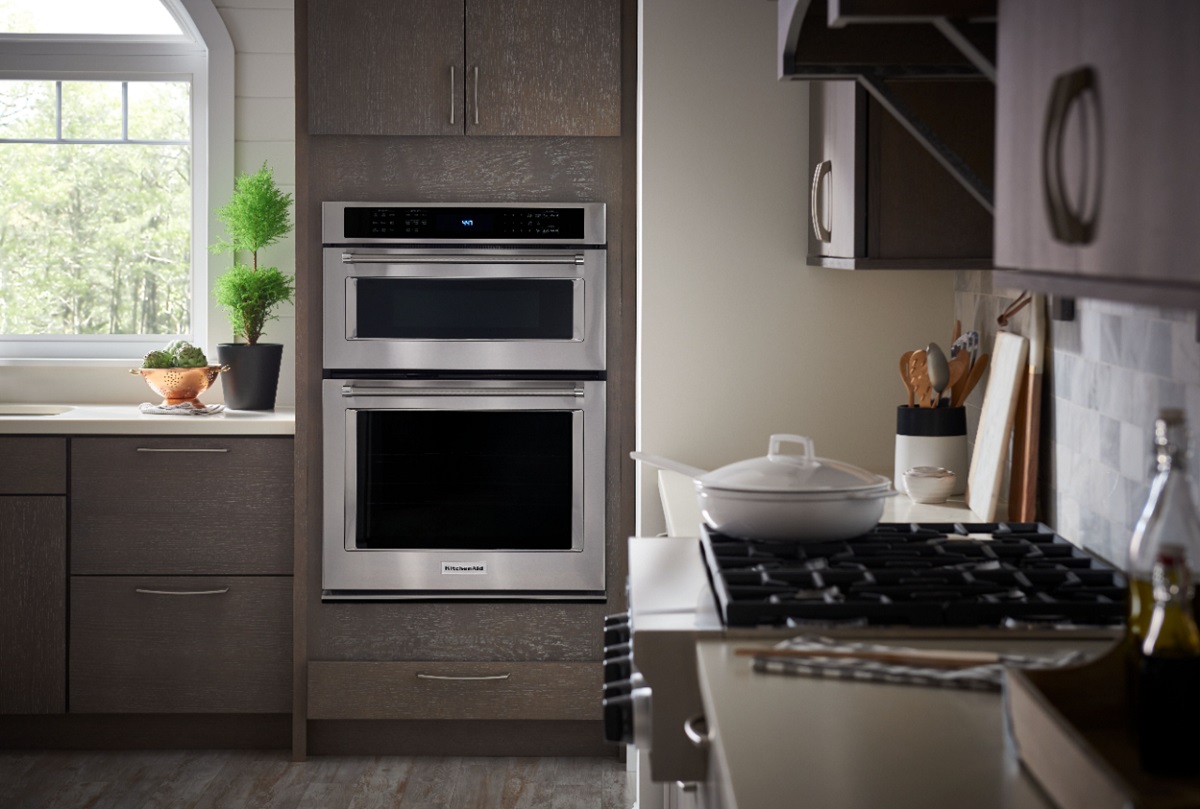
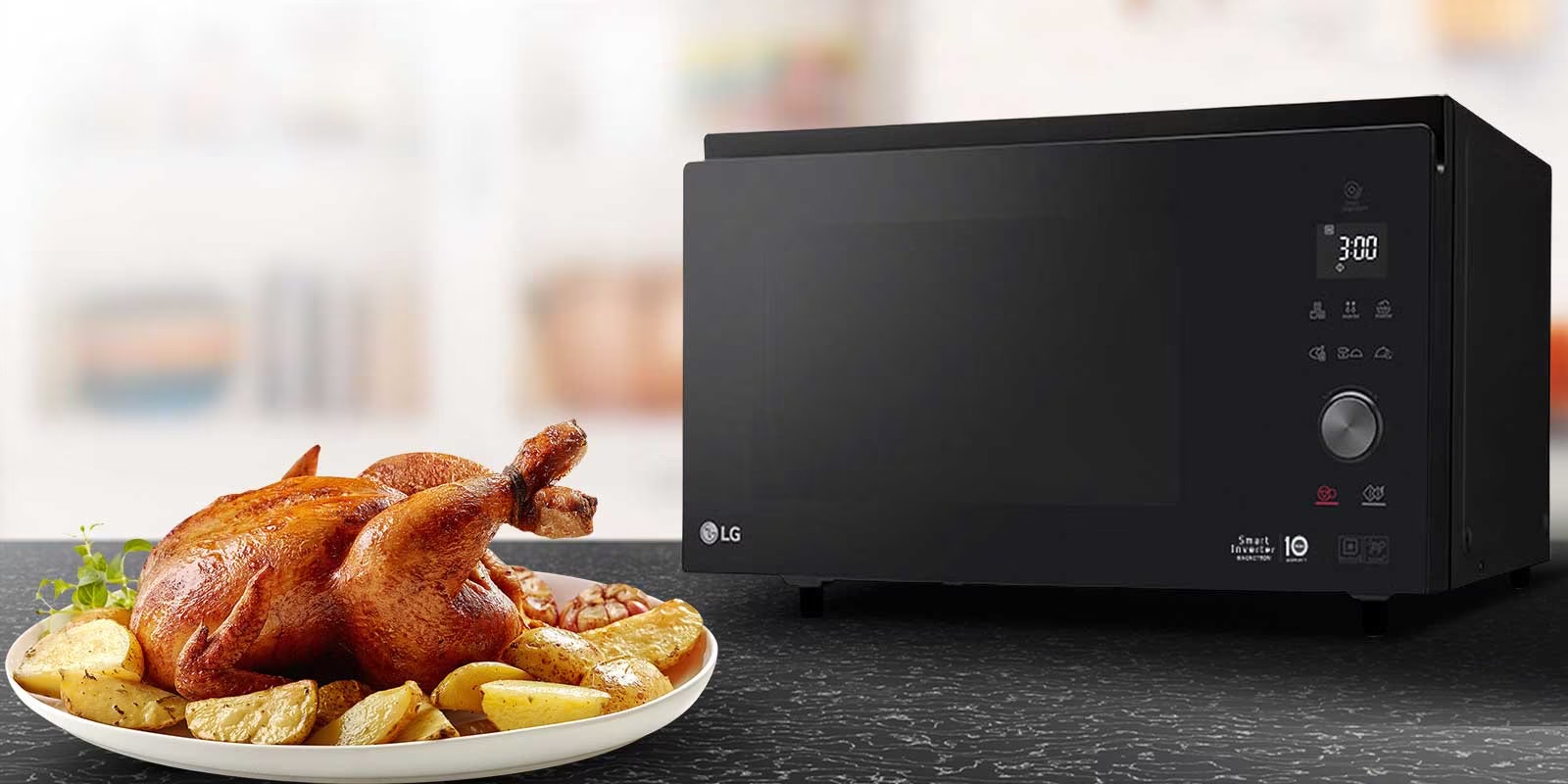
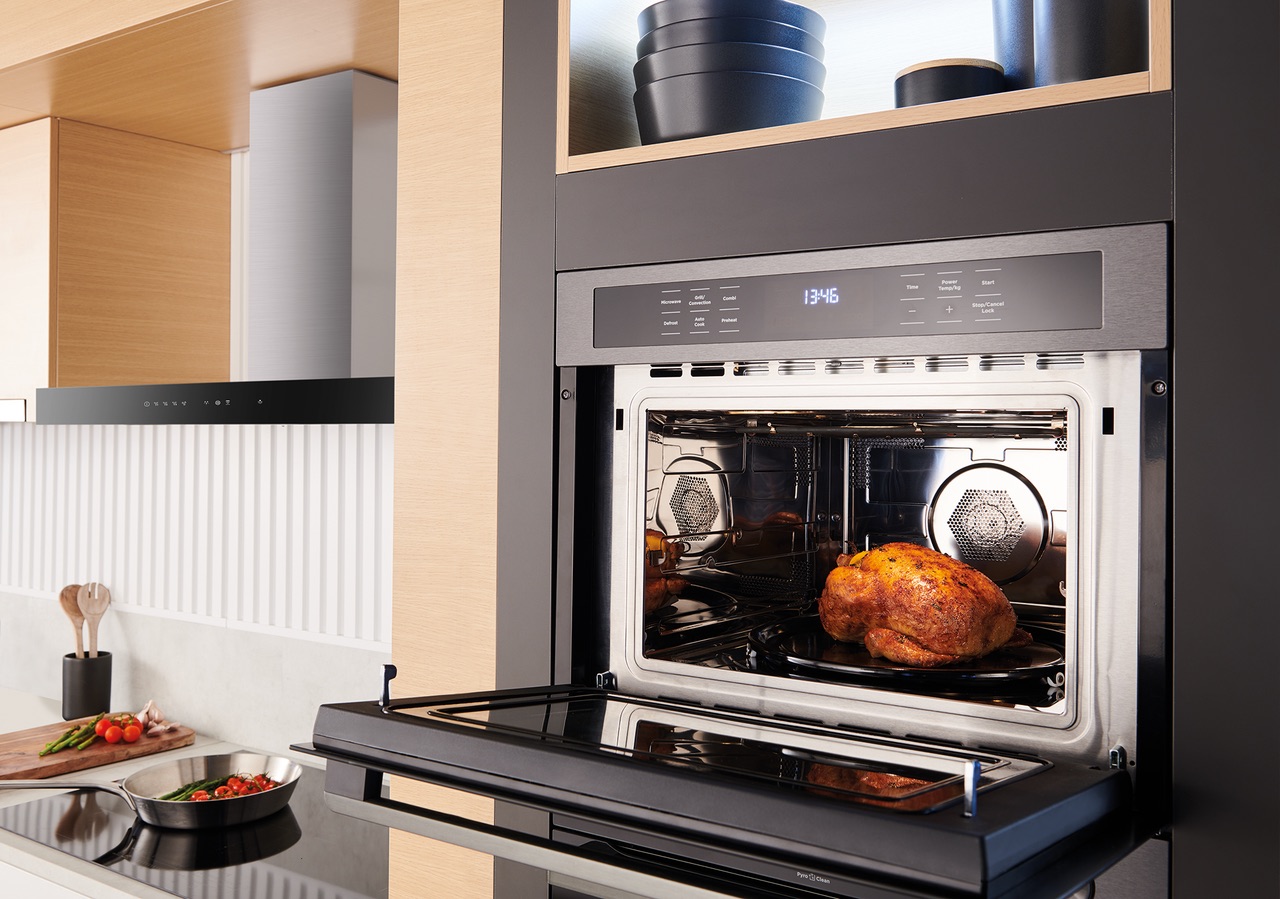
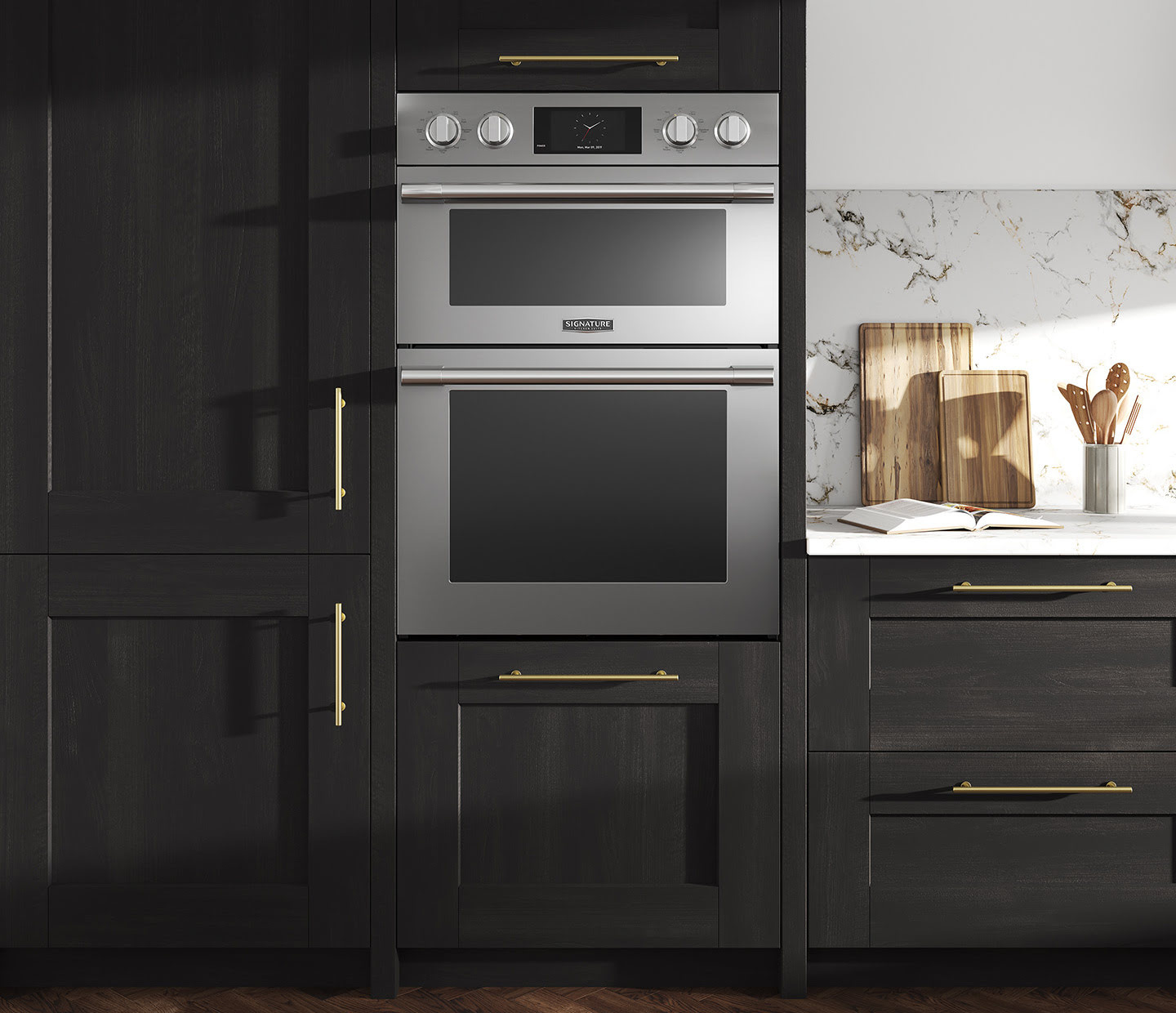

0 thoughts on “What Is Built In Microwave Oven”